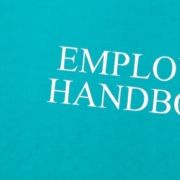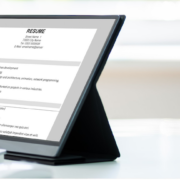8 Hiring Strategies for Small Businesses
By Dan Darabaris
In today’s employment landscape, it’s getting more difficult for small businesses to find the right mix of talent. Taking the time to invest in devising an effective hiring strategy is key to attracting the workers you need for your company to thrive and grow. Here are eight strategies to help you capture job seekers’ attention, make a good first impression, and hire the top candidates.
1. Build a Strong Brand
Today’s job seekers are doing their research. Before they apply, they’re assessing your company’s reputation. Do you have a great culture? Offer opportunities for advancement? Have a purpose candidates can identify with? Building a strong brand is crucial for attracting top talent. Your brand should be highlighted on your website and social media platforms, as well as promoted in your messaging. Leverage your unique selling points, such as an entrepreneurial work culture, opportunities for growth, and the chance to make a meaningful impact to create a positive employer image. Share employee testimonials to give candidates a glimpse into your organization’s culture and values.
2. Create Compelling Job Descriptions
An attention-grabbing job description is a key hiring strategy. The description should have a title that catches the eye, followed by a summary that excites job seekers about the position. Be sure to include the responsibilities and the soft/hard skills you are seeking, but don’t just stop there. Promote your company’s culture and selling points. The goal is to make sure candidates have a clear understanding of the role and why they should apply to work with your company.
3. Explore Diverse Channels
Cast a wide net when it comes to advertising your openings. Job boards and matching/hiring platforms like Indeed, ZipRecruiter, Glassdoor, and LinkedIn are top channels, but you should also expand your visibility. Share postings with your social media networks, including LinkedIn, as they might know someone who is a good fit. Engage with community organizations, attend job fairs, and build relationships with colleges. Take part in networking events and join industry-specific associations. Leveraging all of these channels can help small businesses tap into a broader talent pool.
4. Scan Resumes Posted Online
Simply enter a job title or a skill along with a city and state or a zip code, and let online resume sites send you a list of potential candidates. You can filter the results by experience, education level, skills, and more, and even set up an alert when the candidates meet your set criteria.
5. Start an Employee Referral Program
If you have a great team in place, tap into them as a hiring resource. Successful people usually surround themselves with those with similar traits. Set up an employee referral program to expand your pool of qualified prospects by encouraging your employees to spread the word about your openings.
6. Stand Out With Sponsored Postings
To get noticed in a crowded space, consider paid job postings. These posts appear more often in the search results, plus you typically receive a list of candidates whose qualifications match what you are looking for.
7. Streamline Your Application Process
If you’ve ever applied for a job online, you know some applications can make you want to hit the back button! Ensure candidates can easily apply for positions by simplifying and streamlining your application process. And always acknowledge the receipt of applications to maintain a positive candidate experience and keep them engaged in your hiring process.
8. Conduct Behavioral Interviews
One of the best ways to assess a candidate’s fit for the job is to conduct a behavioral interview. Ask questions that allow the candidate to share specific examples of their skills, problem-solving abilities, and teamwork experiences. These types of questions will give you insight into how they handle real-life situations and their decision-making capabilities, which will help you assess how they fit within your organization.
Hopefully these hiring strategies will help your small business attract the right candidates for your open positions.
 En Español
En Español















